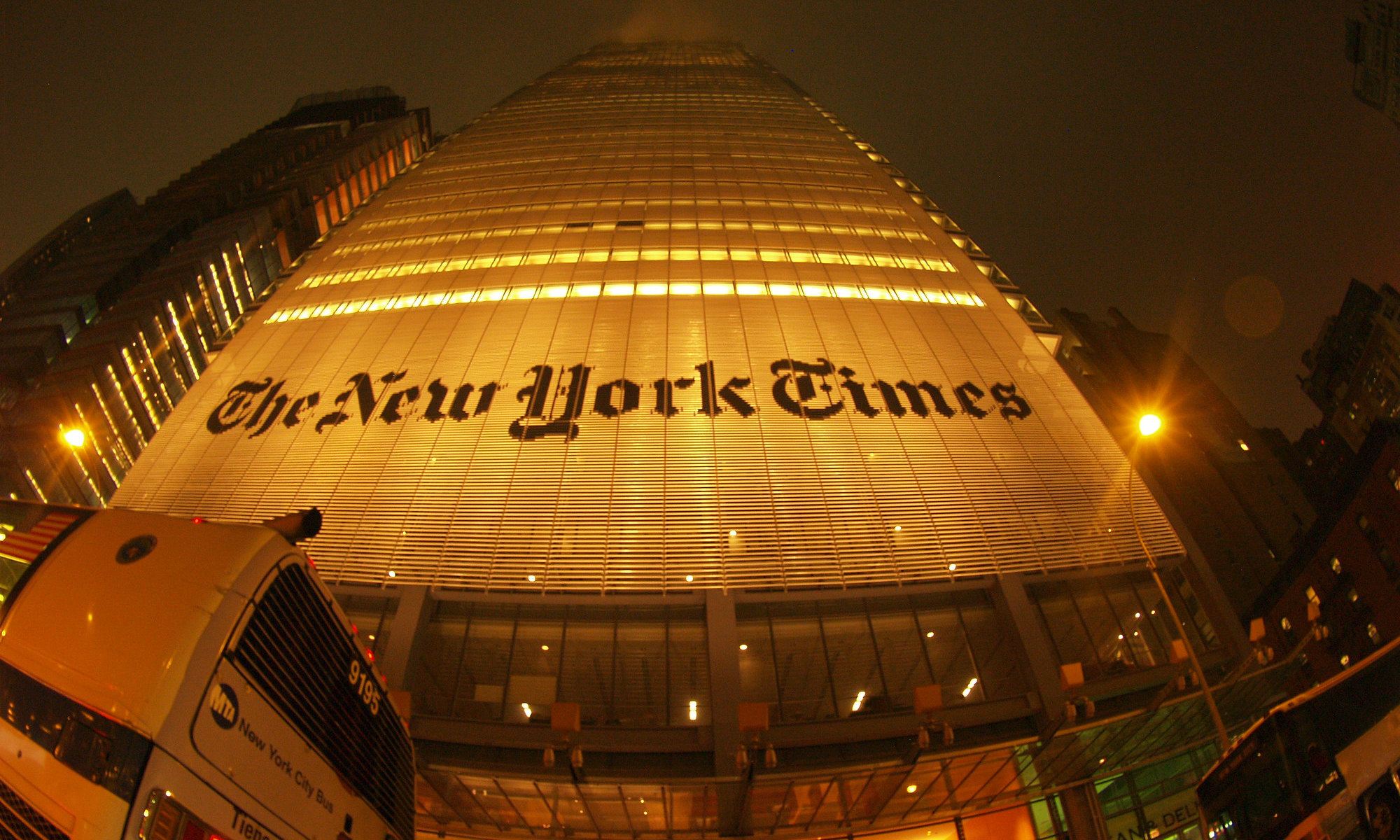
The Times today reported Q2 2020 results and, for the first time, a majority of its revenue came from digital: $185.5 million, versus $175.4 million from print. It had already reached the other targets — more reader revenue than ad revenue, more digital subs than print subs, and net revenue growth — in recent years.
(A brief self-pat on the back: In February 2019, I wrote that, “given the trendlines in print and digital, it won’t be too long until it hits that 50 percent tipping point — I’d guess Q2 2020.” If you put money down on that prediction, I’ll be happy to take a cut of your winnings.) The Times also hit yet another strong quarterly subscriptions number, adding a record 669,000 new digital subs in Q2. In 2016, the Times set a seemingly ambitious target of having 10 million digital subscribers by 2025. If it keeps adding new subscribers at this quarter’s pace, it would hit that number by early 2022, three years ahead of schedule.(Another brief aside: Remember when some people thought the Times’ digital subscription success was just attributable to a one-time “Trump bump” tied to the shock of his election? Well, the Times added 583,000 digital subscriptions in all of 2016; it added more than that in just the past quarter. When Trump took office, the Times reported having 1.853 million total digital subscriptions; today it has 5.7 million.)
All of this is, as usual, great news for the Times and a reminder of the yawning gap between it and America’s local newspapers. Gannett — the nation’s largest newspaper chain by far, with more than 250 U.S. daily local newspapers, USA Today, and another 140 local news brands in the U.K. — has about 863,000 digital subscribers in total. The New York Times adds that many digital subs roughly every four months.
And while the rest of the American newspaper business struggles to match the Times’ subscription success, it’s unfortunately likely to share in the Times’ advertising pain. By far the worst number in today’s report was the utter collapse of ad revenue in the second quarter, driven by COVID-related shutdowns and the economic downturn.
Ad dollars were down an astonishing 43.9 percent in Q2; that included drops of 31.9 percent in digital and 55 percent in print. Given that most newspaper companies are more print-reliant than the Times — meaning greater relative exposure to the “55 percent” in that equation versus the “31.9 percent” — other newspaper earning reports are likely to be U-G-L-Y ugly. The 40-plus percent drop in advertising I estimated from McClatchy’s bankruptcy numbers may well prove to be too conservative. (Gannett and Lee Enterprises will announce its Q2 earnings tomorrow; Tribune Publishing will do so later today.)Back to the Times. It will likely recover some, maybe even most, of those advertising losses in whatever future quarter American life returns to some semblance of normalcy. But the longterm decline in advertising dollars will continue. The digital subscription engine the Times has built will continue to protect it, though. The magic of a NaaS business — news as a service — is that the marginal cost of each additional subscriber is minimal. Having 10 million subscribers doesn’t cost the Times twice as much as having 5 million subscribers. That potential for up-cycling profits will buoy the business for years to come.
Right now, the Times has $756.7 million in cash on hand — up almost 10 percent so far in 2020 — and has no outstanding debt. Its recent acquisitions have been smallish in size; it paid just $8.6 million for the audio company Audm in March, and its recent purchase of Serial Productions cost about $25 million. It has the capacity to think at larger scales now.(For context, all of Gannett is currently valued at just $212 million; the Times could buy Gannett three times over and still have cash on hand. Note: The Times should not buy Gannett, three times or one time.)
All of that is why I argued what I did in my open letter to incoming Times Co. CEO Meredith Kopit Levien, who assumes the role in a little over four weeks. The gap between the Times and the rest of American newspapering has exploded, and every trend line suggests it will only keep growing. If the Times cares about journalism beyond its walls, I hope it starts treating the health of the broader ecosystem as a key part of its mission going forward.